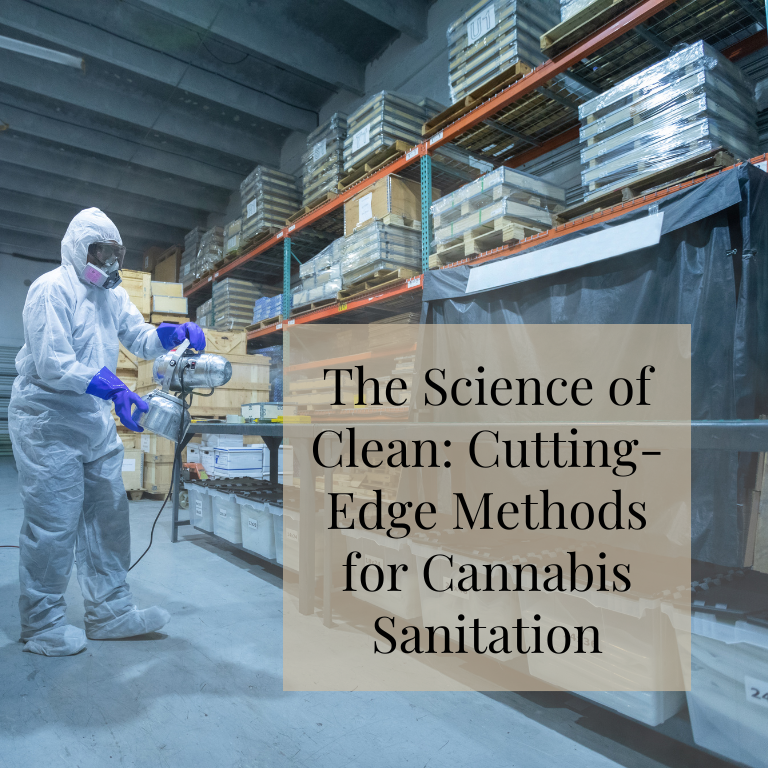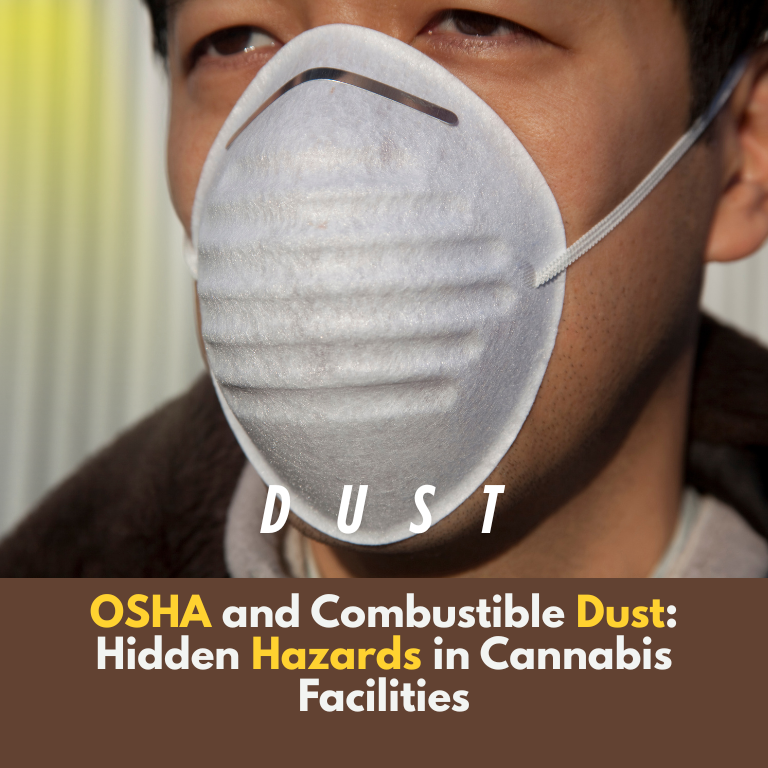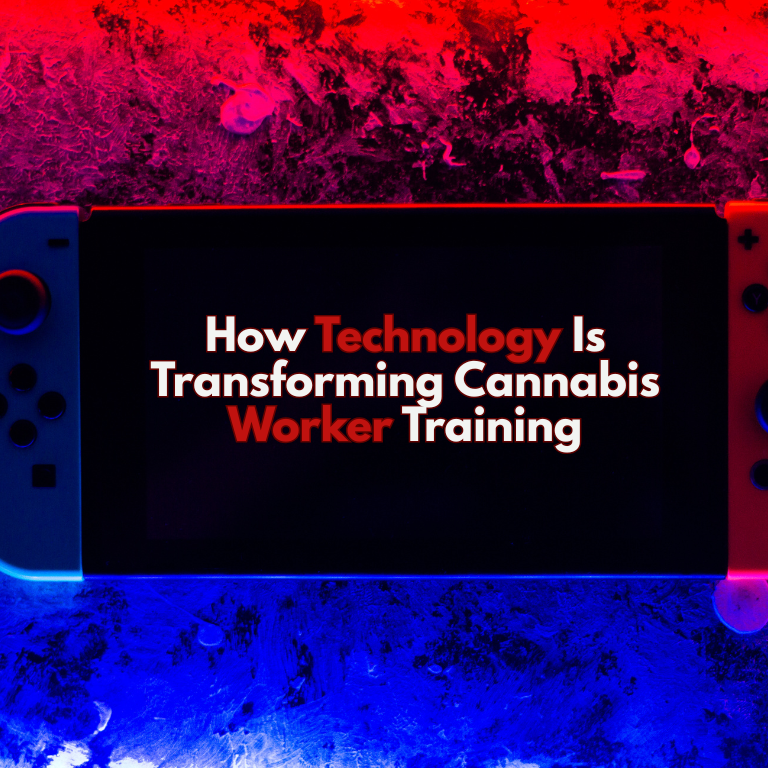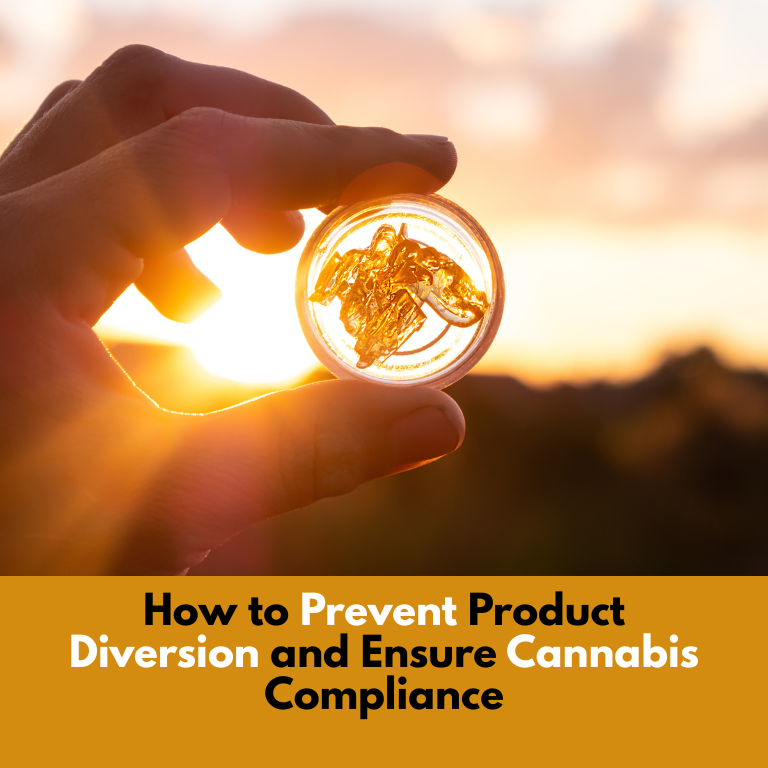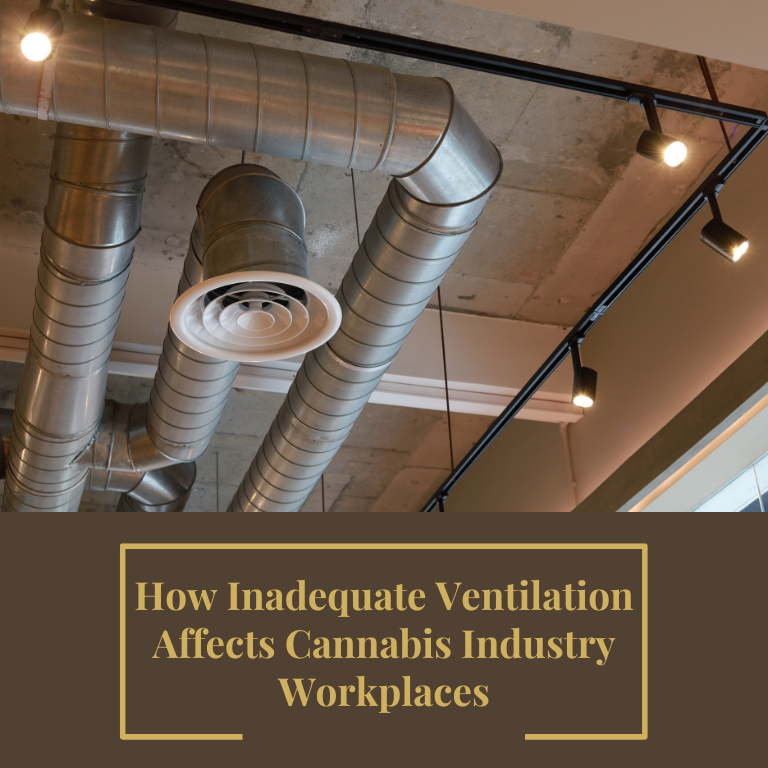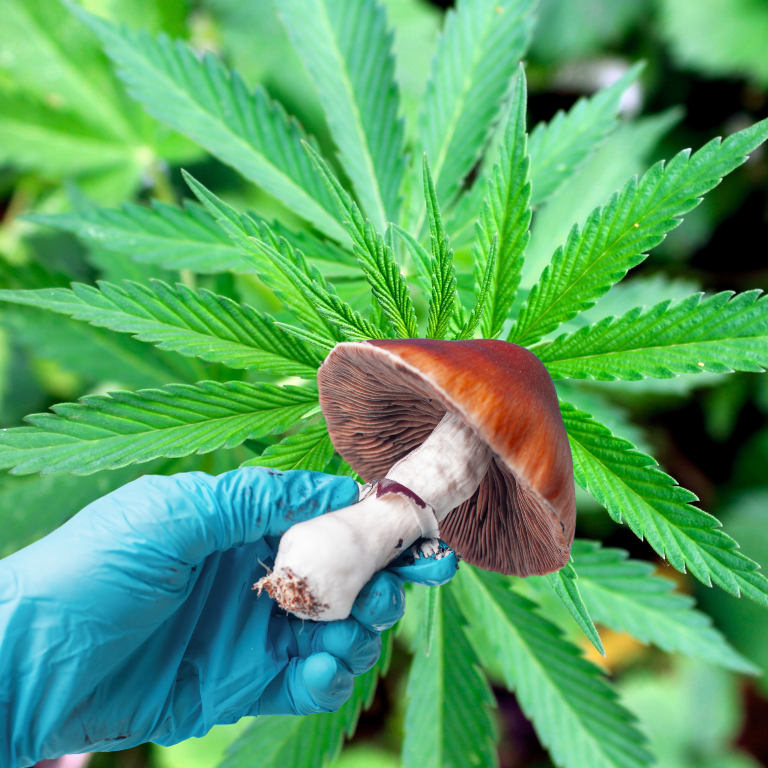The cannabis industry has evolved dramatically over the past decade, with advancements in cultivation, processing, and distribution contributing to its rapid growth. As the sector matures, one area that has become increasingly important is cannabis sanitation. Just like in food or pharmaceutical industries, ensuring cleanliness and reducing contamination risks are essential for producing safe and high-quality cannabis products. In the rapidly regulated world of cannabis production, sanitation is not only about compliance but also about maintaining product quality and consumer safety.
This article will explore the science behind cannabis sanitation, examining the most cutting-edge methods used to maintain cleanliness and prevent contamination. These methods include everything from sterilizing cultivation environments to microbial testing and the application of specialized cleaning technologies. By understanding these innovative approaches, cannabis cultivators and manufacturers can uphold the highest standards of hygiene while delivering safe products to the market.
Why Sanitation Matters in Cannabis Production
The cannabis plant is highly sensitive to environmental factors such as humidity, temperature, and air quality. If not carefully monitored, these factors can create ideal conditions for the growth of molds, bacteria, and other harmful pathogens. Contamination can occur at any point in the cannabis supply chain, from the cultivation stage to the final packaging of the product. The presence of contaminants, including molds, yeasts, and even harmful pesticides, not only diminishes product quality but also poses significant health risks to consumers.
In many regions, cannabis products must undergo strict microbial testing to ensure they meet safety standards. Products that fail these tests due to contamination can lead to recalls, legal issues, and reputational damage. Effective sanitation protocols are essential to prevent such outcomes and to ensure that cannabis meets both regulatory and consumer expectations.
Key Areas of Contamination in Cannabis Production
Cannabis sanitation requires attention to several critical areas throughout the production process. Each stage presents its own unique risks for contamination, making it necessary to adopt a holistic approach to cleanliness.
Cultivation Environments
Cultivating cannabis plants in clean, controlled environments is the foundation of proper sanitation. However, grow rooms and greenhouses are prone to microbial contamination due to factors such as high humidity and the constant presence of organic material. For instance, mold spores can thrive in damp environments, spreading quickly to other plants and compromising entire crops.
Air quality control is essential in cultivation. Advanced air filtration systems can reduce airborne contaminants like mold spores, dust, and bacteria, keeping grow rooms clean. Additionally, strict control of temperature and humidity levels helps reduce the risk of microbial growth.
Handling and Trimming
After cannabis plants are harvested, they undergo trimming and handling, which presents another opportunity for contamination. Workers must be trained in proper hygiene practices, including regular hand washing and wearing protective gear such as gloves and face masks. Tools and surfaces used during the trimming process should be regularly sanitized to prevent cross-contamination between batches.
Cutting-edge trimming technologies have been developed to further reduce contamination risks. Automated trimming machines, for example, help limit direct contact between workers and plants, minimizing the potential for microbial transfer. These machines are designed with sanitation in mind, often incorporating materials that are easy to clean and sterilize.
Extraction and Processing Facilities
The extraction and processing stages of cannabis production involve transforming raw plant material into oils, concentrates, or edibles. During these processes, it is critical to maintain a clean and sterile environment to prevent contamination. Processing facilities must implement rigorous cleaning protocols, including the use of food-grade disinfectants and regular equipment sterilization.
Cannabis extraction often involves the use of solvents such as ethanol or CO2, which can introduce contaminants if not handled properly. Modern extraction systems are designed to be enclosed, reducing the risk of exposure to external contaminants. These systems also feature clean-in-place (CIP) technology, which allows for the automated cleaning and sterilization of internal components without the need for disassembly.
Packaging and Storage
Even after cannabis has been processed, sanitation must remain a priority during packaging and storage. Improper packaging can lead to contamination from external sources such as dust, bacteria, or mold. Furthermore, storing cannabis in environments with fluctuating temperatures or high humidity can encourage the growth of harmful microorganisms.
To prevent this, many cannabis producers now use airtight packaging solutions that protect the product from exposure to moisture and air. Vacuum sealing and nitrogen flushing are two popular methods that help extend shelf life while maintaining product integrity. Storage facilities are also equipped with environmental controls to ensure consistent temperature and humidity levels.
Cutting-Edge Sanitation Technologies
As the cannabis industry grows, new technologies are emerging to improve sanitation practices and minimize contamination risks. These cutting-edge methods are designed to ensure the highest standards of cleanliness while maintaining efficiency in production.
UV-C Light Sterilization
UV-C light, a type of ultraviolet light, is a powerful tool in the fight against microbial contamination. UV-C light has been used for decades in hospitals and laboratories for sterilization purposes, and it is now being applied to the cannabis industry. When exposed to UV-C light, microorganisms such as bacteria, molds, and viruses are destroyed at the DNA level, preventing them from replicating.
In cannabis cultivation, UV-C light can be used to sanitize air and surfaces in grow rooms, reducing the presence of harmful pathogens. It is also employed in post-harvest treatment, where cannabis flowers are exposed to UV-C light to reduce microbial loads without affecting product quality.
Ozone Treatment
Ozone is another effective method for sterilizing both air and surfaces in cannabis production facilities. Ozone (O3) is a molecule that naturally breaks down into oxygen (O2) while releasing a free oxygen atom. This free oxygen atom is highly reactive and can destroy bacteria, viruses, molds, and other organic contaminants.
Ozone generators are often used in grow rooms to purify the air and reduce mold spore levels. However, because ozone can be harmful to humans in high concentrations, its use is carefully controlled to ensure the safety of workers.
Electrostatic Sprayers
Electrostatic sprayers are a relatively new technology that is gaining popularity in the cannabis industry for sanitation purposes. These sprayers charge cleaning solutions with an electrical current, causing the particles to adhere evenly to surfaces. This allows for more efficient and thorough coverage, ensuring that all surfaces are properly disinfected.
Electrostatic sprayers are particularly useful in large grow facilities or processing plants, where manually cleaning every surface would be time-consuming. These sprayers can apply disinfectants to hard-to-reach areas, helping to reduce contamination risks.
Antimicrobial Coatings
Another innovative approach to cannabis sanitation is the use of antimicrobial coatings. These coatings are applied to surfaces in cultivation, processing, and packaging areas to create a long-lasting protective barrier against microbial growth. The coatings are designed to be non-toxic and safe for use around food products, making them ideal for cannabis facilities.
By inhibiting the growth of bacteria, molds, and fungi, antimicrobial coatings reduce the need for frequent cleaning and disinfection. This can improve operational efficiency while maintaining a high level of cleanliness.
Implementing Best Practices for Cannabis Sanitation
While cutting-edge technologies are valuable tools in the fight against contamination, they must be combined with best practices and comprehensive sanitation protocols to be effective. Every cannabis producer should develop a sanitation plan that addresses key areas such as cleaning schedules, employee hygiene, equipment maintenance, and microbial testing.
Regular microbial testing is essential to monitor contamination levels and ensure that sanitation efforts are effective. Testing can be done on cannabis products, surfaces, and air quality to identify potential issues before they become major problems. If contamination is detected, producers can take immediate action to correct the issue and prevent further spread.
Employee training is also critical. Workers should be educated on the importance of sanitation and trained in proper cleaning techniques. This includes using protective gear, following cleaning protocols, and reporting any signs of contamination.
The Future of Cannabis Sanitation
As the cannabis industry continues to grow, sanitation will remain a critical concern for producers, regulators, and consumers alike. Cutting-edge methods such as UV-C light sterilization, ozone treatment, and antimicrobial coatings are helping to raise the bar for cleanliness and safety in cannabis production. By implementing these technologies and adhering to best practices, cannabis producers can ensure that their products meet the highest standards of quality and safety.
Sanitation is not just about compliance with regulations; it is about protecting consumers and delivering a product that they can trust. As the science of clean continues to evolve, the cannabis industry will be better equipped to meet the challenges of contamination and ensure the safety of its products for years to come.

